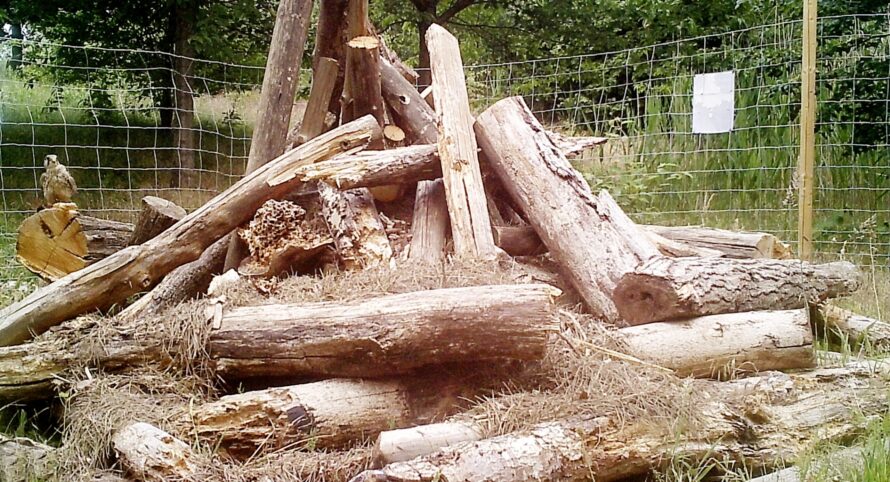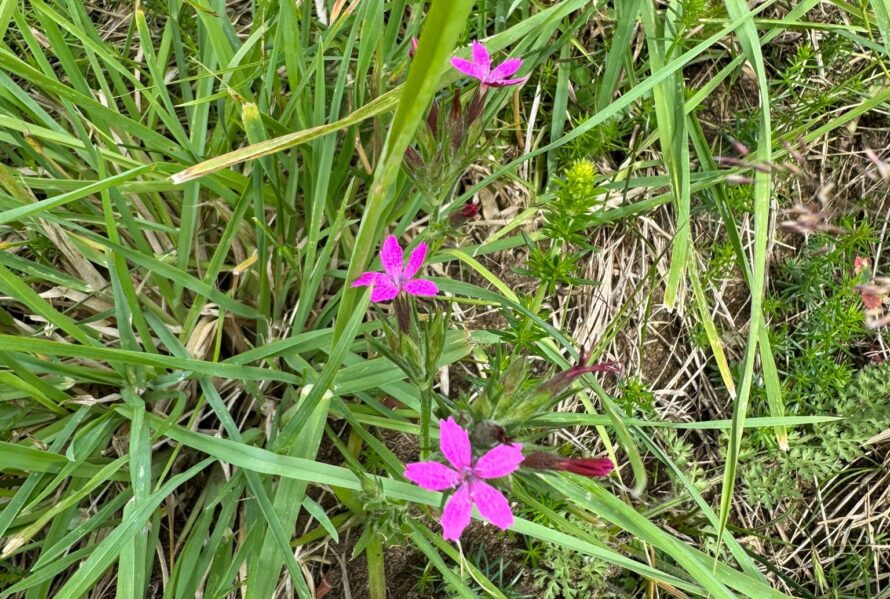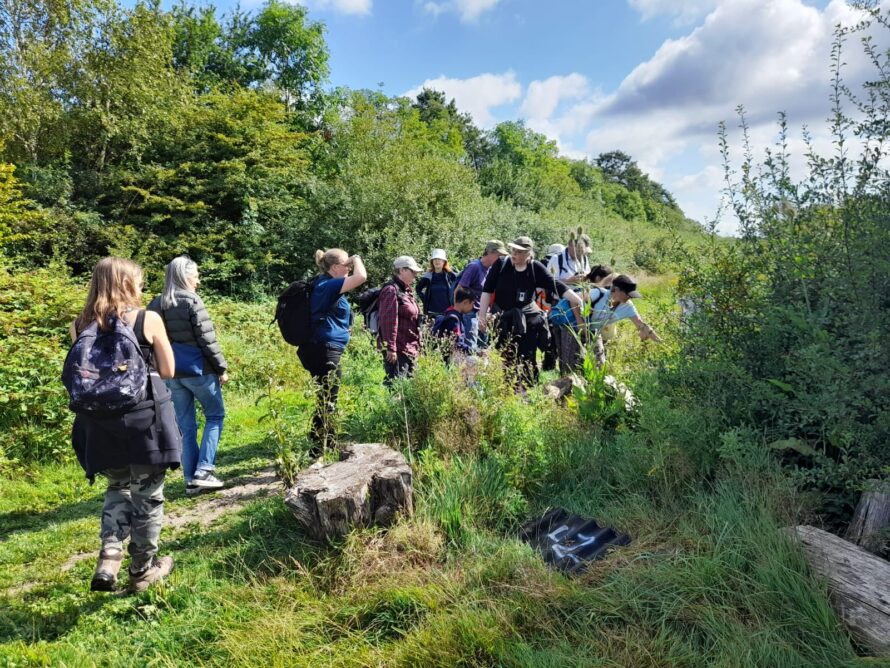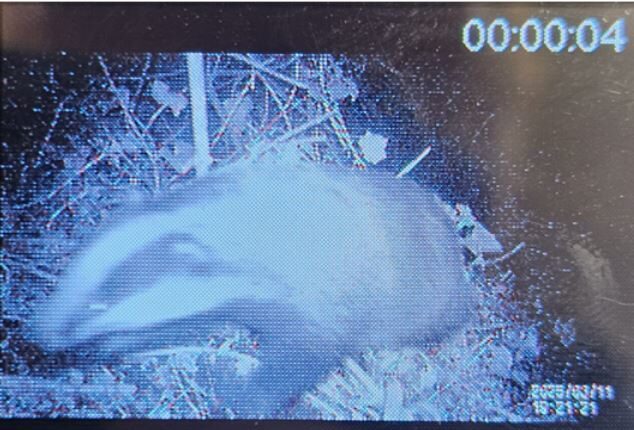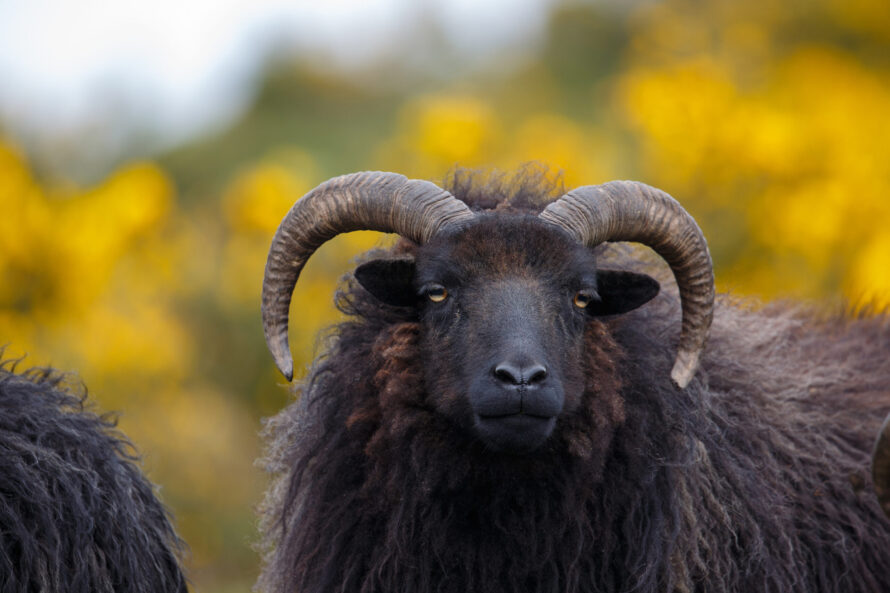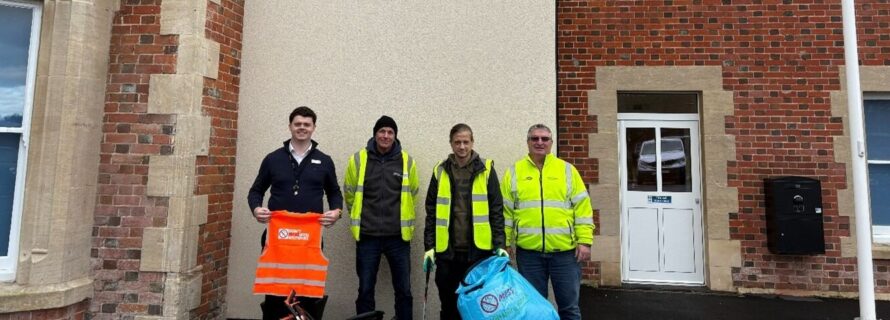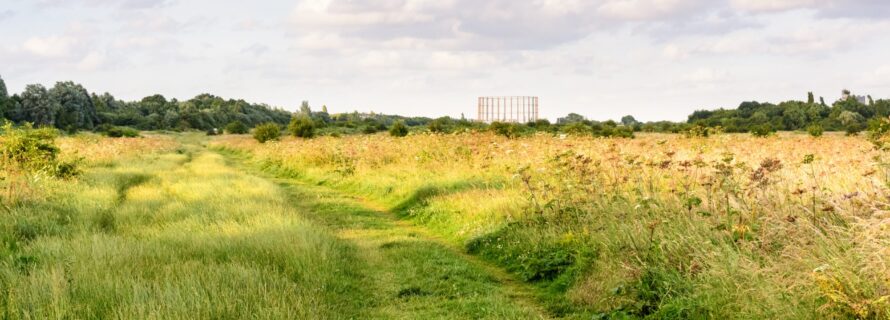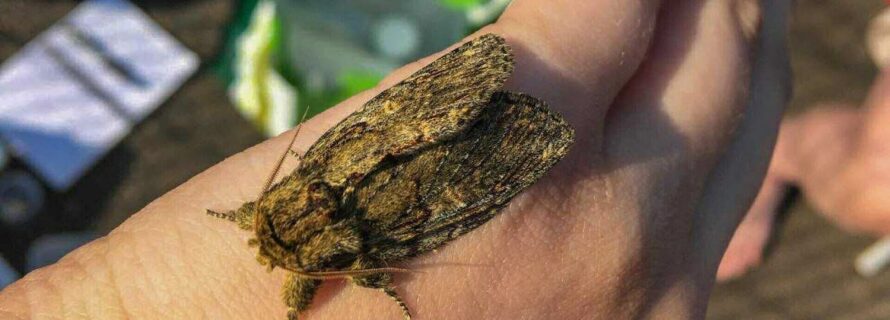This month marks eight years of dedicated partnership between idverde and the Royal Society for the Protection of Birds (RSPB). Since 2017, this collaboration has now embedded six permanent RSPB advisers within idverde teams, guiding the transformation of thousands of hectares, across urban parks, nature reserves, and housing developments, into thriving wildlife habitats.
Advisers work alongside idverde staff, from London’s Wormwood Scrubs and QEOP, Charnwood, and Northern Ireland – shaping contracts to deliver conservation led land management.
Year Eight Highlights: What Our Advisers Delivered in the Last 12 Months
It’s been another action-packed year of protecting and enhancing nature, marked by exciting progress and new collaborations. We were thrilled to welcome Amelie Pohl as our new idverde/RSPB Nature Engagement Officer in Barrow-in-Furness, expanding our reach and impact. From habitat creation and species monitoring to community engagement and education, our advisers have delivered incredible results. Here are just some of the standout moments from the past 12 months:

